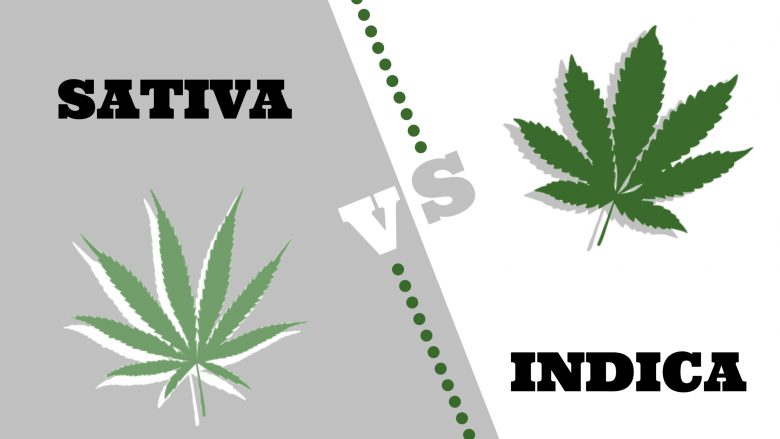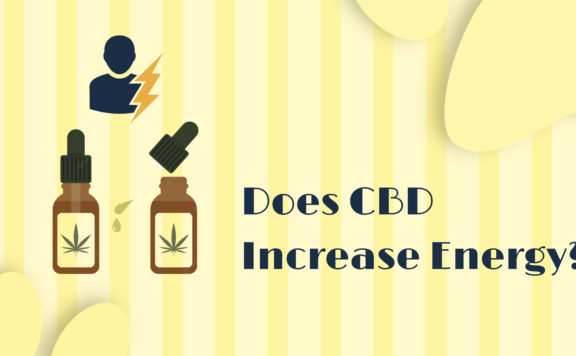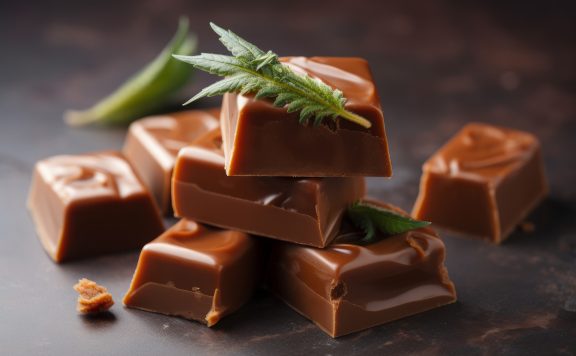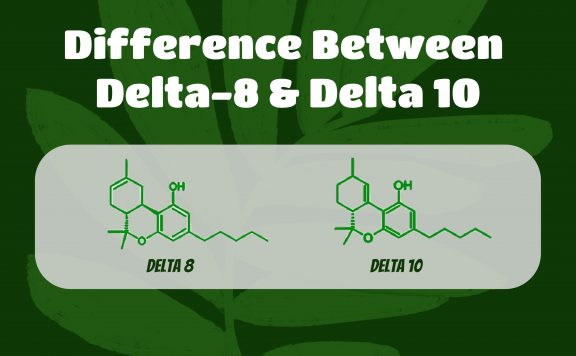Marijuana is the psychoactive substance obtained from this plant, which contains the active component THC (tetrahydrocannabinol). Indica and sativa are the main types of cannabis strains.
Despite the fact that marijuana is still unlawful on a federal level and is listed by the Drug Enforcement Administration (DEA) as a Schedule I controlled substance, the marijuana industry can’t be underestimated in the US. Its use for medical purposes and even for recreational purposes has been made legal across many states.
Table of Contents
Cannabis Strains: Indica vs Sativa
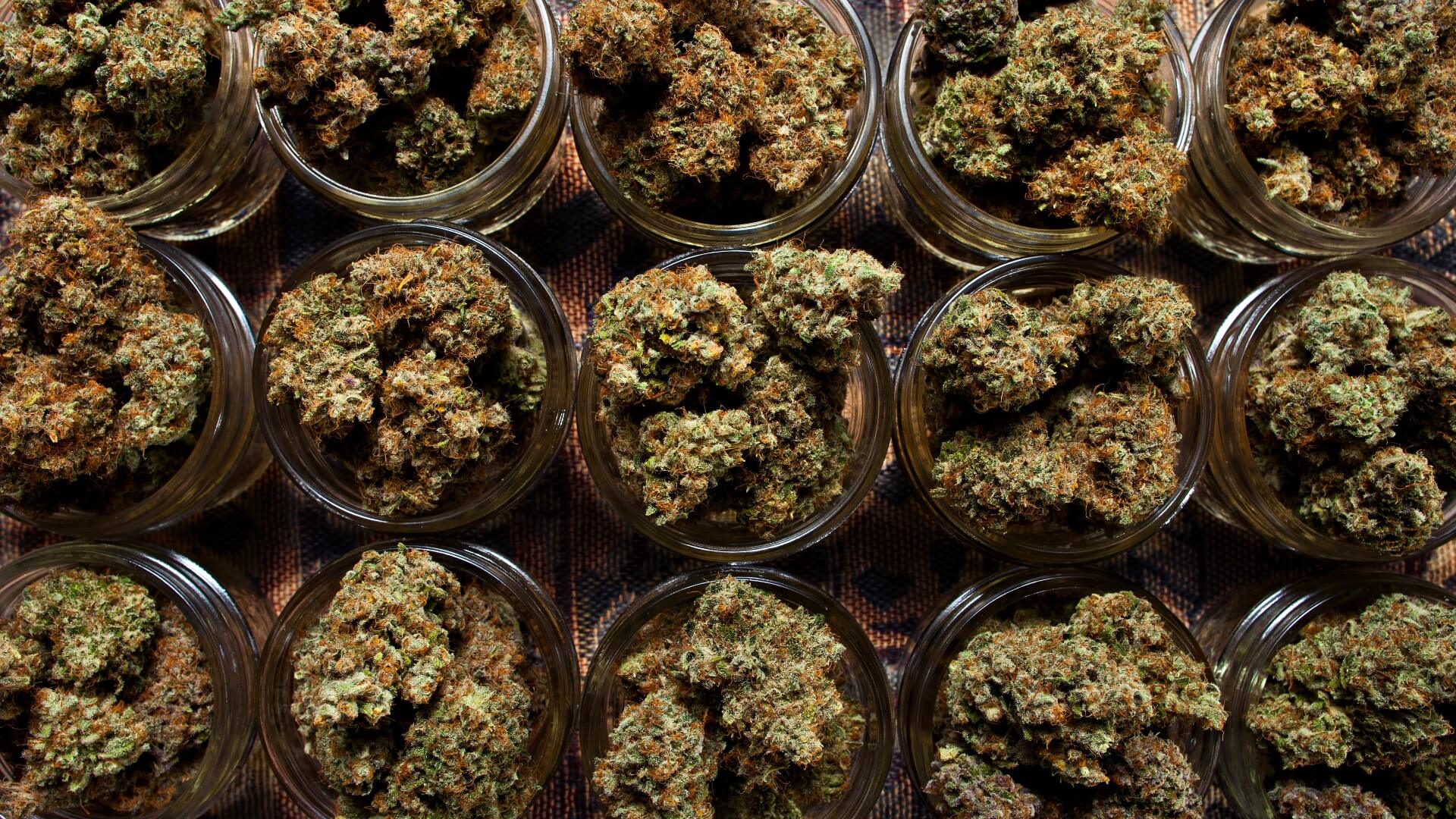
Different strains of cannabis are created through selective breeding and genetic engineering. Cannabis indica and sativa are two of the most widely discussed strains.
Despite widespread claims to the contrary, most scientists and industry professionals concur that the two plants most likely only have slightly distinct chemical compositions.
There are a few things you should be aware of, like how they may affect your system, before purchasing or consuming them. The following sections will reveal the different implications of sativa- and indica-label marijuana.
Understanding Basic Facts of Cannabis
Cannabis is an illicit drug that is utilized, misused, trafficked, and grown in the world’s highest numbers, according to the World Health Organization (WHO). Worldwide, cannabis is consumed by about 2.5% of people annually.
According to the 2016 National Survey on Drug Use and Health (NSDUH), 24 million Americans in the US currently use marijuana.
Cannabis is widely consumed and sold. It is offered all across the globe in many different contexts and forms.
Cannabis in the dried form known as marijuana is derived from the leaves, seeds, and stems of the cannabis plant and is typically smoked or consumed to produce a pleasant high. This is because the drug’s psychoactive or THC component is to blame.
The potency of the strain and the extent of the effects are typically inversely proportional to the THC content.
Indica vs Sativa Differences
Cannabis comes in countless strains as well as varieties. Depending on the desired effect, consumers frequently search for either indica or sativa.
In contrast to the indica strain plants’ short stature and wider leaves, cannabis sativa plants are tall with narrow, thin leaves. These plants are believed to possess a variety of effects beyond aesthetics.
Cannabis Indica
- Has sedative properties.
- Increases your sense of calm and mellowness.
- Reduces stress and tension.
- Works to reduce pain.
Cannabis Sativa
- Energizes you.
- Improves mood and gives you a joyful feeling.
- You become more sociable.
- Reduces inhibitions
The analysis of these cannabis strains is not completely accurate, according to most researchers. Chemical composition is the primary factor that differentiates various cannabis product formulations.
The indica vs sativa differences at a dispensary may help you understand the desired and probable consequences of the product, although this is not always focused primarily on the plant itself. It is quick to attribute this to the presence of THC as well as other biochemical elements in the plant.
If a cannabis product claims to be indica-type or indica-like, it is probably meant to be more sedative and calming. A sativa or sativa-like substance is likely to be significantly stimulating as well as intoxicating.
Potential Consequences of Using Cannabis
A cannabis product’s psychoactive properties and the likelihood of intoxication increase with the amount of THC present. No matter if you’re consuming Sativa- or Indica-type products, this is truly the case.
Cannabis use can affect your ability to think clearly, process information, and move with ease. Following are some usage-related side effects that could occur:
- Decreased inhibitions and a propensity for taking more risks
- Delayed response time
- Memory problems
- Dizziness
- Increased appetite
- Issues with coordination and balance
- Dry mouth
- Distortion of sense and perception
- Nausea
- Tremor
- Abnormal heart rate
- Increased social skills
- Slowness and sedation
- Exhaustion
- Lack of motivation
Knowing exactly what type of cannabis you are taking, what it contains, and how it will affect you as well as your body may also be challenging. The fact that the “experts” claim that a certain strain will energize you rather than exhaust you does not guarantee that this will occur in your case. It may be difficult to precisely predict what will occur because cannabis and various cannabis products react differently in every person’s body.
Marijuana use carries the risk of addiction, according to the National Institute on Drug Abuse (NIDA). A marijuana use condition affects almost one-third of marijuana users at some point.
CBD as a Cannabis Alternative
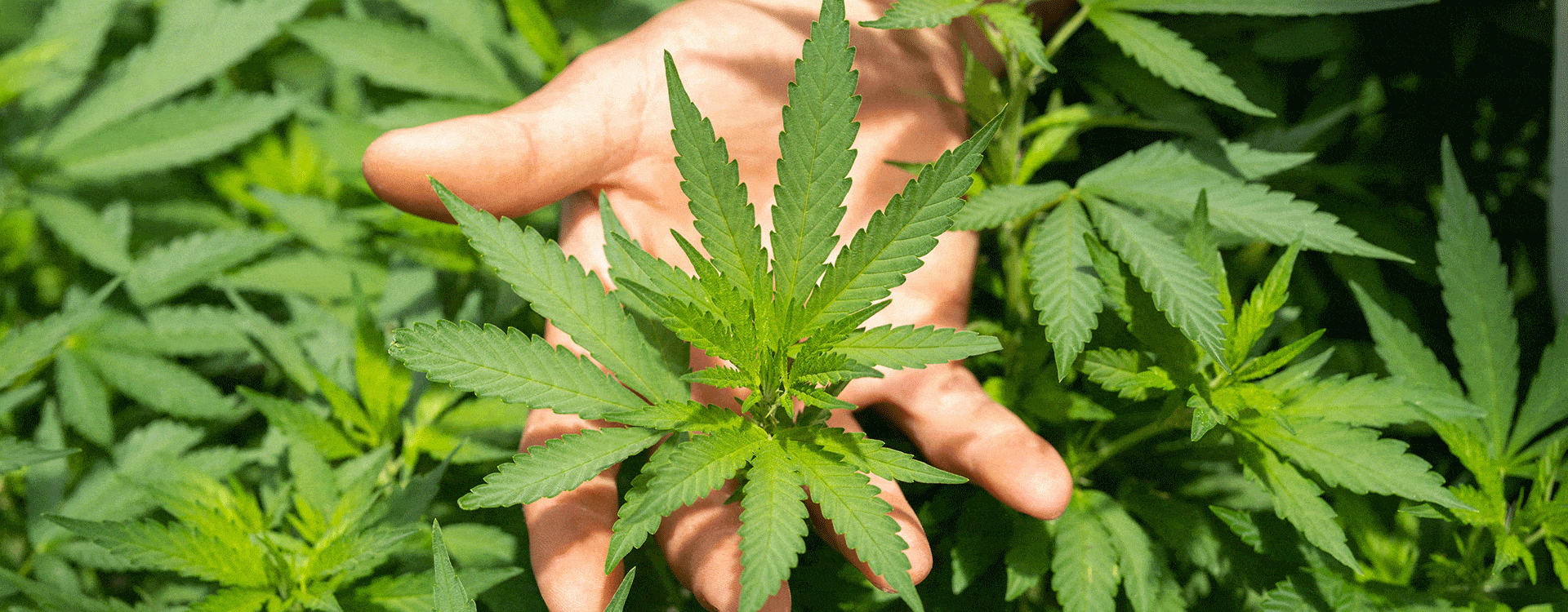
Products made from cannabis are frequently praised for their alleged medicinal benefits. They are frequently utilized to treat nausea, increase appetite, and alleviate anxiety and pain.
Cannabis also contains CBD (cannabidiol), which is thought to possess more therapeutic properties than intoxicating characteristics. The drug’s side effects are likely to be predominantly pharmacological and far less likely to alter consciousness when CBD concentrations are greater than THC concentrations.
Contrary to THC, products containing CBD are less likely to make you feel drunk or have as many potential psychoactive adverse reactions. Again, you might utilize CBD oils and lotions to relieve pain, and CBD by itself won’t make you high.
CBD is frequently used as a treatment for the following conditions:
- Psychosis
- Anxiety
- Pain
- Nausea
- Migraines
- Inflammation
- Inflammatory bowel illness
- Depression
- Seizures
Compared to cannabis products that contain greater THC content, CBD has significantly fewer negative consequences.

